AI Content Detection: How to Create Undetectable AI Content That Ranks
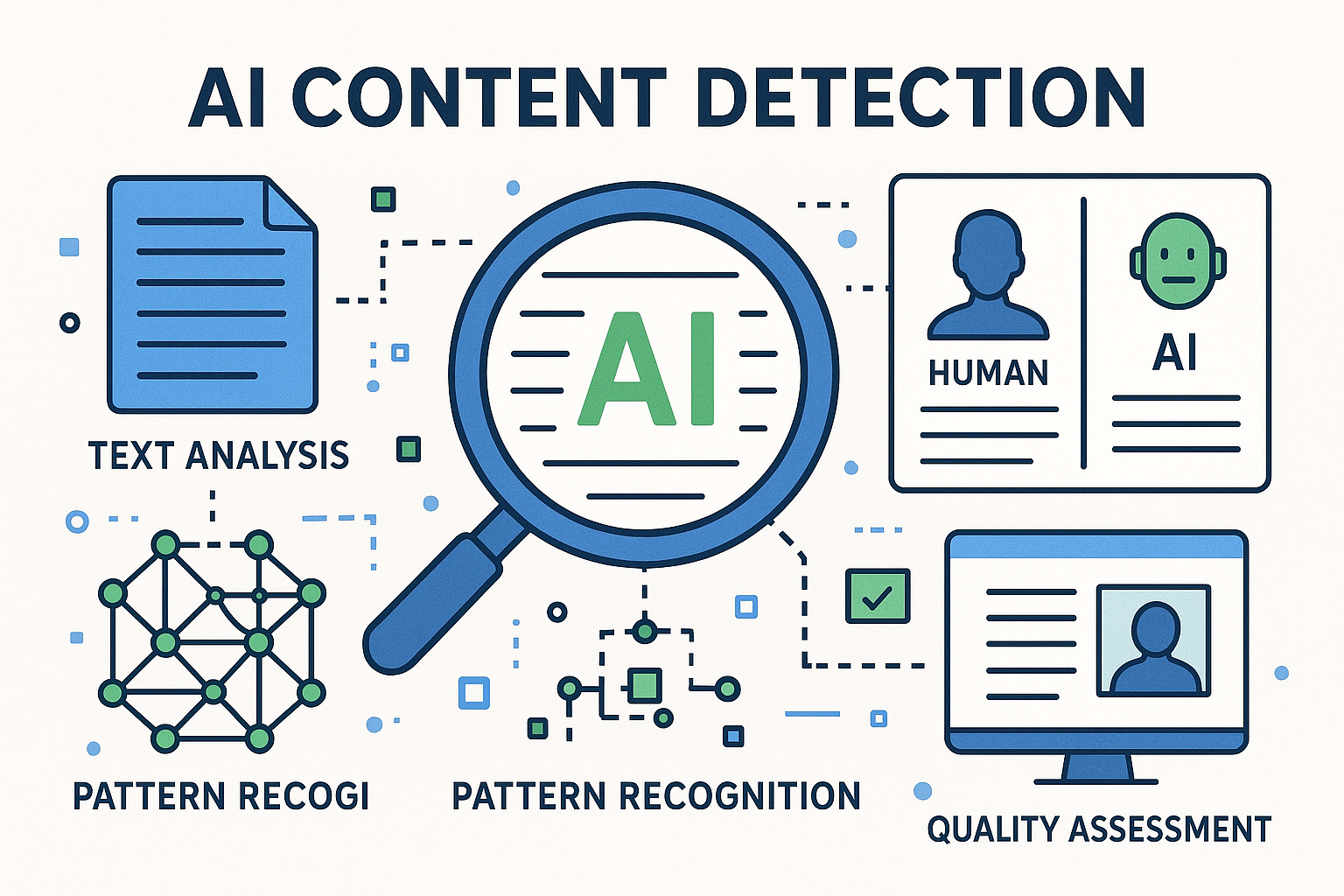
Introduction
Let's be honest about something that's been keeping SEO professionals up at night. AI content detection has become the new battleground in digital marketing, and everyone's trying to figure out how to create content that both search engines and AI detectors will love. The reality is that Google doesn't actually penalize AI content, but the perception and potential quality issues have created a whole industry around making AI content appear more human.
The truth is, we're living in a fascinating time where the line between human and AI-generated content is becoming increasingly blurred. What started as a simple question of "Can machines write?" has evolved into a complex dance between AI content creators and AI content detectors. It's like a digital arms race where each side keeps getting smarter.
But here's what most people get wrong about this whole situation. The goal isn't really to "trick" anyone or create deceptive content. Instead, it's about understanding how to use AI as a powerful writing assistant while maintaining the human touch that makes content truly valuable. When you approach it from this angle, everything changes.
Understanding AI Content Detection Technology
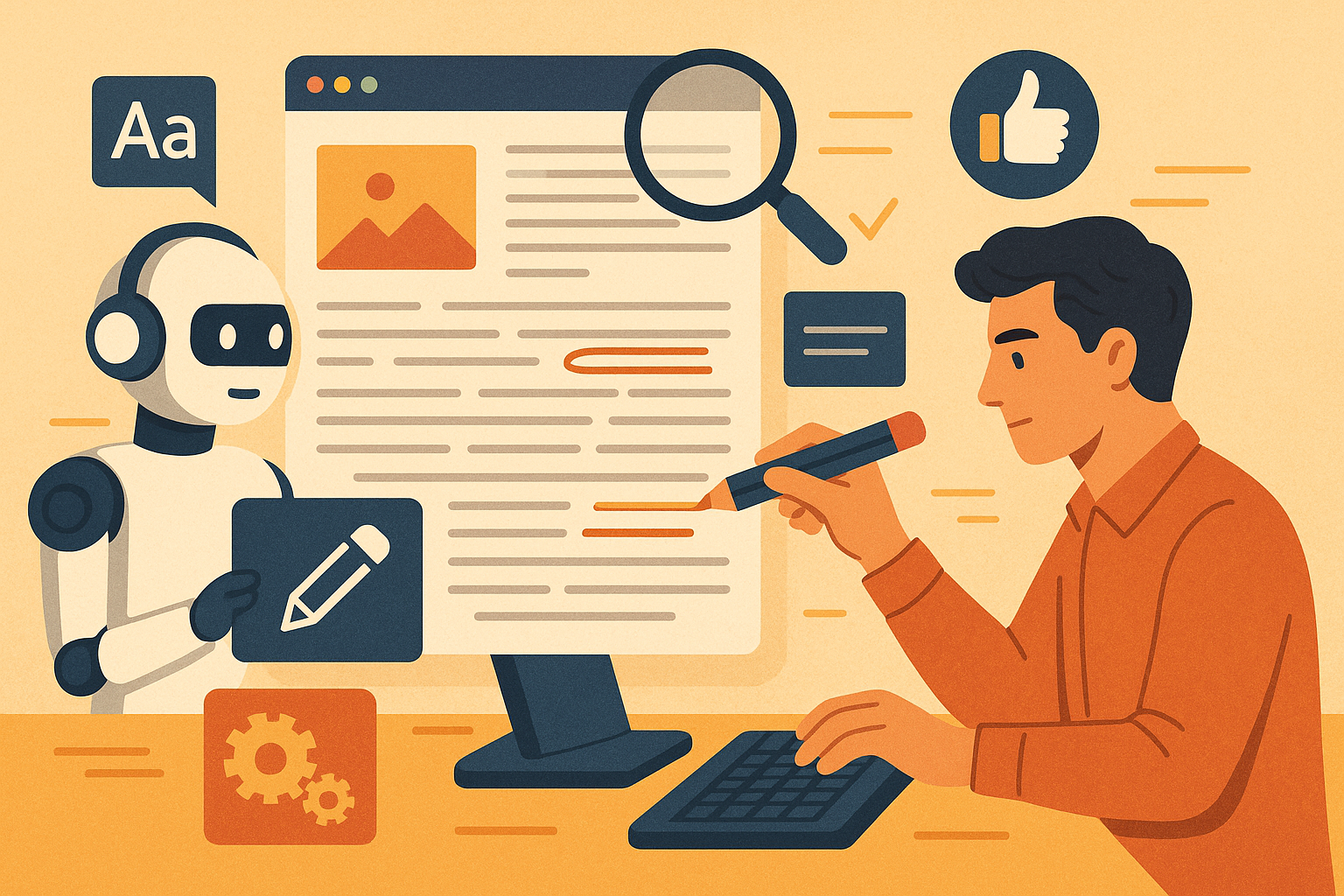
The technology behind AI content detection is actually pretty fascinating when you dig into it. Most detection tools work by analyzing patterns in text that are typically associated with AI-generated content. They look for things like repetitive sentence structures, overly perfect grammar, and certain linguistic patterns that AI models tend to favor.
Think of it like a fingerprint. Every AI model has its own unique way of constructing sentences and choosing words. GPT models, for instance, have a tendency toward certain phrase structures and vocabulary choices that trained detectors can spot. It's not magic, it's pattern recognition at scale.
The interesting thing is that these detectors are constantly evolving, just like the AI models they're trying to identify. It's created this ongoing cat-and-mouse game where improvements in AI writing lead to improvements in AI detection, which then leads to even better AI writing tools. The cycle never really ends.
What's particularly important to understand is that detection accuracy varies wildly depending on the content type, length, and subject matter. Technical content often gets flagged more easily than creative writing, and shorter pieces are generally harder to detect accurately than longer ones.
Current State of AI Detection Tools
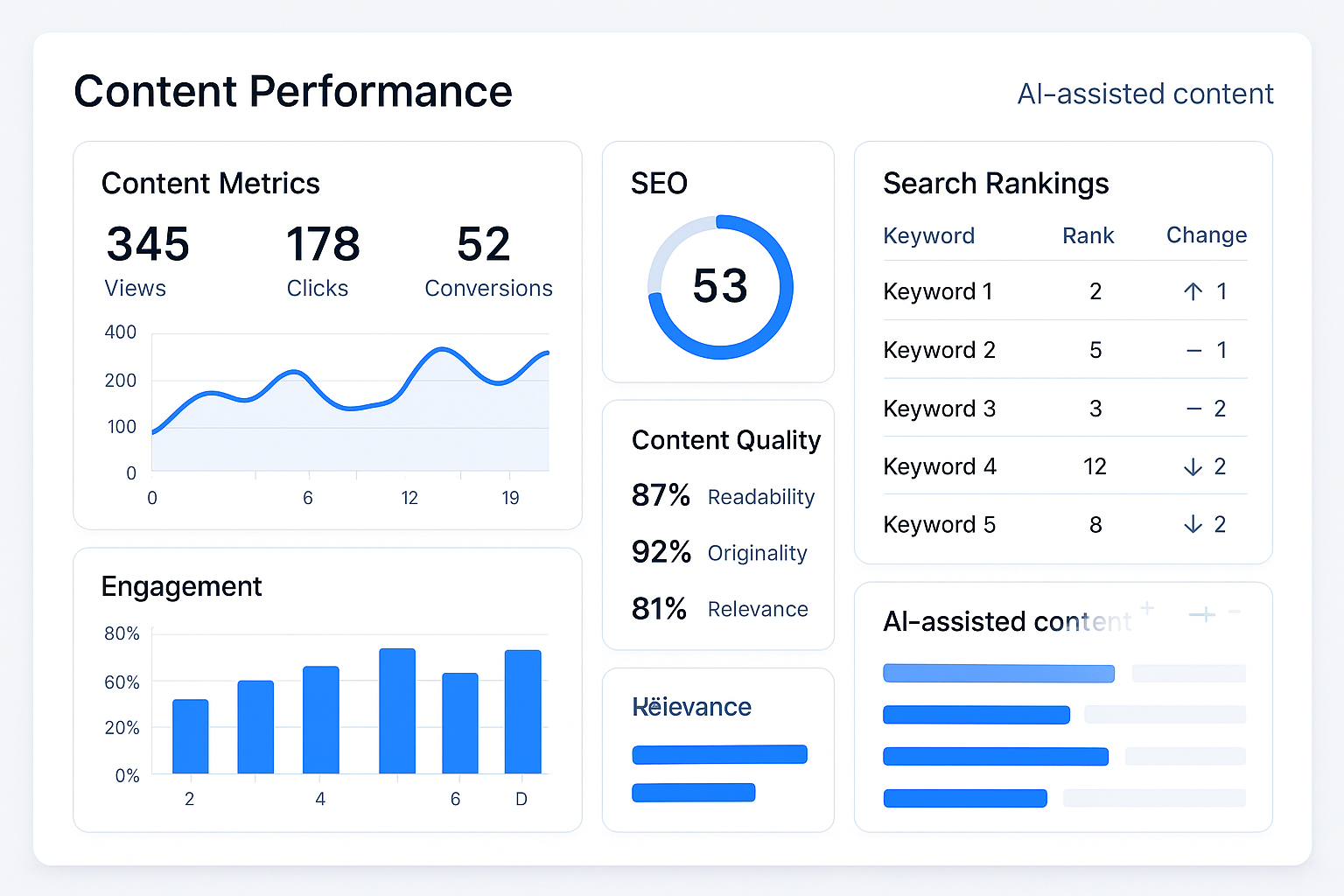
The AI detection landscape in 2025 is crowded with tools claiming incredible accuracy rates, but the reality is much more nuanced. Popular tools like GPTZero, Originality.ai, and Winston AI each have their strengths and weaknesses, and none of them are foolproof.
GPTZero tends to be quite aggressive in its detection, sometimes flagging human-written content as AI-generated. This creates false positives that can be frustrating for content creators who've never used AI tools. On the flip side, it's pretty good at catching obviously AI-generated content that hasn't been edited or refined.
Originality.ai takes a different approach, focusing more on plagiarism detection alongside AI detection. Their tool seems to perform better with longer-form content and is particularly effective at identifying content that's been directly copied from AI outputs without any human intervention.
Winston AI positions itself as the most accurate detector, and in many tests, it does perform well. However, like all detection tools, it struggles with content that's been significantly edited or refined by human writers. The tool works best when analyzing pure AI output.
The reality that most people don't talk about is that these tools often disagree with each other. You can run the same piece of content through multiple detectors and get completely different results. This inconsistency is actually a feature, not a bug, of the current detection landscape.
Google's Actual Stance on AI Content
Here's where things get really interesting, and where a lot of misinformation has spread throughout the SEO community. Google has been remarkably clear about their position on AI content, but somehow the message got lost in translation.
Google's official stance, stated multiple times by their representatives, is that they don't penalize content simply because it was created with AI assistance. What they care about is whether the content is helpful, accurate, and provides value to users. The method of creation is secondary to the quality of the final product.
This makes perfect sense when you think about it from Google's perspective. They're in the business of providing users with the best possible search results. If an AI-generated article genuinely helps someone solve a problem or answers their question better than human-written alternatives, why would Google want to rank it lower?
The confusion seems to stem from Google's emphasis on "helpful content" and their warnings about low-quality, automatically generated content. But these warnings aren't specifically about AI content. They're about any content that's created without regard for user value, whether it's generated by AI, content mills, or lazy human writers.
What Google does penalize is content that's clearly created just to manipulate search rankings without providing real value. This includes AI content that's published without human review, editing, or quality control. The key distinction is intent and execution, not the tools used in creation.
The Human Touch Strategy
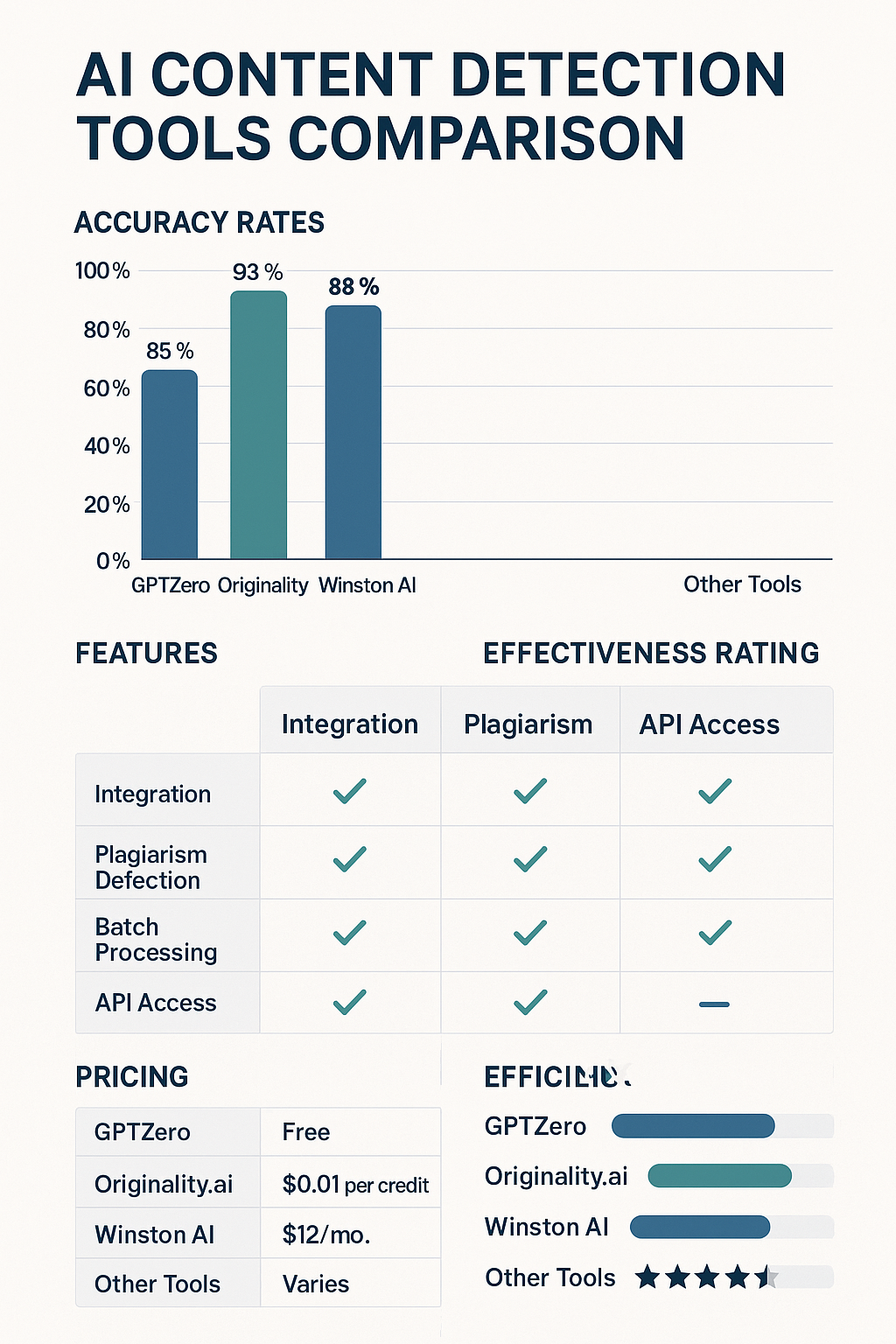
The most effective approach to creating undetectable AI content isn't about fooling detection tools. It's about genuinely improving the content through human insight and editing. This strategy works because it addresses the real concerns that both search engines and users have about AI-generated content.
Start by using AI as a research assistant and first-draft creator rather than a final content producer. Let the AI help you gather information, structure your thoughts, and create an initial framework. Then step in as the human expert to add your unique perspective, personal experiences, and industry insights that no AI can replicate.
The editing process is where the magic really happens. Read through the AI-generated content and ask yourself where it feels generic or lacks personality. These are the spots where you need to inject your own voice, add specific examples from your experience, or include unique insights that only come from human expertise.
Pay special attention to the introduction and conclusion of your content. These sections are often the most obviously AI-generated because they tend to follow predictable patterns. Rewrite these sections in your own voice, making them more conversational and personal.
Don't forget about the importance of fact-checking and updating information. AI models are trained on data with cutoff dates, so they might miss recent developments or include outdated information. Adding current data, recent examples, and up-to-date statistics not only improves accuracy but also adds a human touch that detectors recognize.
Content Structure and Flow Optimization
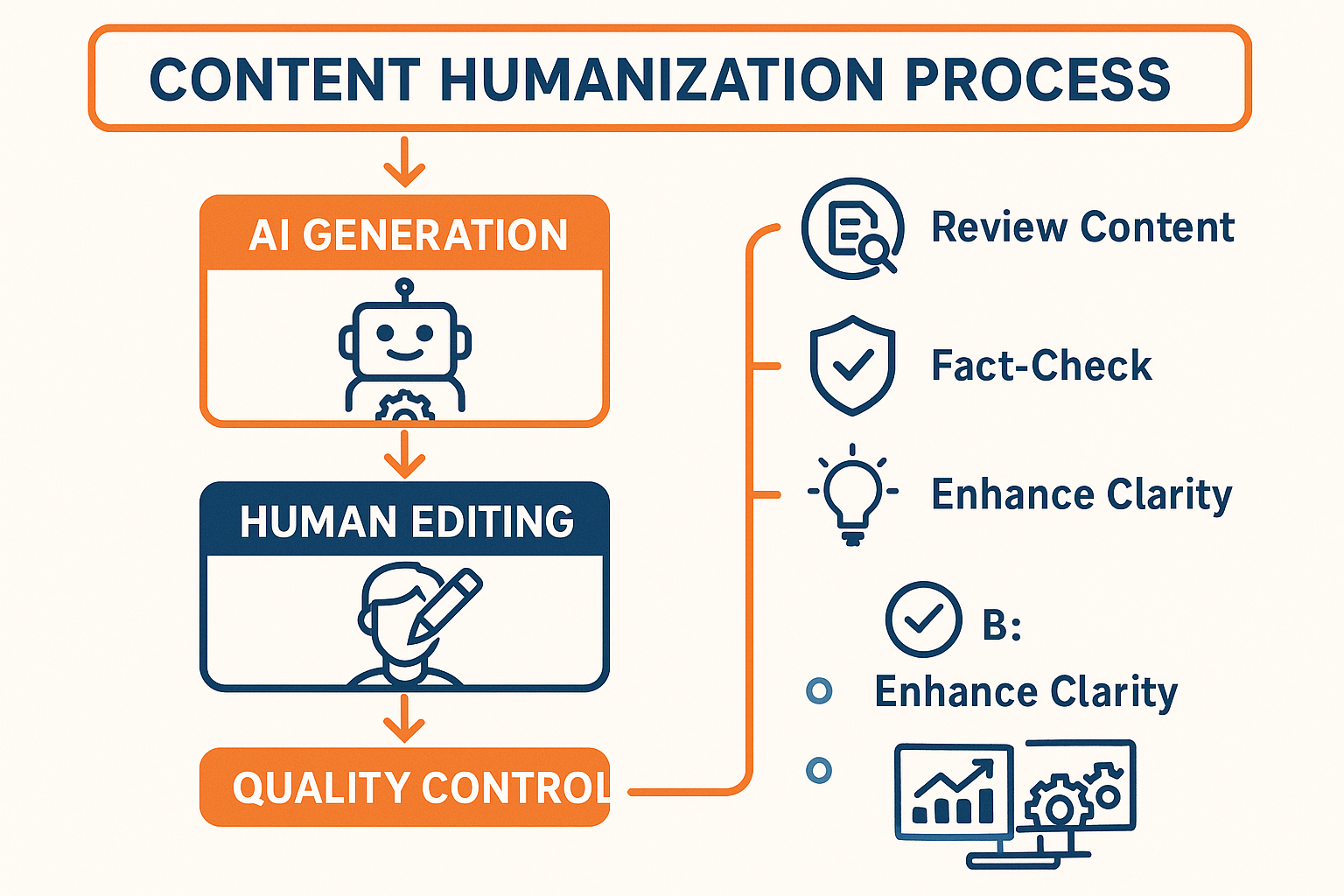
One of the telltale signs of AI-generated content is overly perfect structure and predictable flow patterns. Human writers naturally create more varied and sometimes imperfect structures that feel more organic and engaging.
Instead of following the AI's suggested outline religiously, mix things up a bit. Add unexpected transitions, include personal anecdotes that relate to your points, and don't be afraid to go on brief tangents that add value. These imperfections actually make your content more human and more engaging.
Vary your sentence lengths and structures more than AI typically does. AI models often fall into patterns of similar sentence construction, while human writers naturally create more rhythm and variation in their writing. Read your content aloud to identify areas where the flow feels too mechanical.
Consider adding elements that AI rarely includes on its own, such as rhetorical questions, direct addresses to the reader, and conversational asides. These elements create a sense of dialogue between you and your reader that's distinctly human.
The paragraph structure is another area where you can add human touches. AI often creates very uniform paragraph lengths, while human writers naturally vary their paragraph sizes based on the complexity of ideas and the rhythm they want to create.
Keyword Integration and SEO Optimization
The way AI handles keyword integration is often one of its biggest weaknesses from an SEO perspective. AI models tend to either over-optimize keywords in obvious ways or under-utilize them entirely. Finding the right balance requires human judgment and SEO expertise.
Natural keyword integration is an art that combines understanding search intent with maintaining readability. Instead of letting AI stuff keywords into predetermined spots, think about where they would naturally appear in a conversation about your topic. This approach creates content that feels more authentic while still hitting your SEO targets.
Long-tail keywords and semantic variations are areas where human insight really shines. While AI might focus on exact-match keywords, experienced SEO professionals understand the value of related terms and phrases that capture different aspects of search intent.
Consider the user journey when integrating keywords. Different sections of your content might target different stages of the buyer's journey or different types of search queries. This strategic approach to keyword placement is something that requires human understanding of marketing psychology.
Don't forget about the importance of keyword context. The same keyword can have different meanings in different contexts, and human writers are much better at understanding and leveraging these nuances than AI models currently are.
Technical Implementation Strategies
The technical aspects of creating undetectable AI content go beyond just the writing itself. There are several behind-the-scenes strategies that can help your content perform better in both search engines and detection tools.
Content formatting plays a bigger role than most people realize. AI-generated content often has very uniform formatting, while human-created content tends to have more varied use of headers, lists, and emphasis. Mix up your formatting choices to create a more natural feel.
Meta descriptions and title tags are areas where human creativity really makes a difference. AI often creates technically correct but uninspiring meta descriptions. Crafting compelling, click-worthy meta descriptions that accurately represent your content requires human understanding of psychology and marketing.
Internal linking strategy is another area where human judgment is crucial. While AI can suggest related topics, it takes human understanding of your site structure and user journey to create truly effective internal linking that supports both SEO and user experience.
Image selection and optimization is something AI can't handle effectively yet. Choosing images that truly support your content, writing compelling alt text, and optimizing file names all require human insight and creativity.
Quality Control and Editing Processes
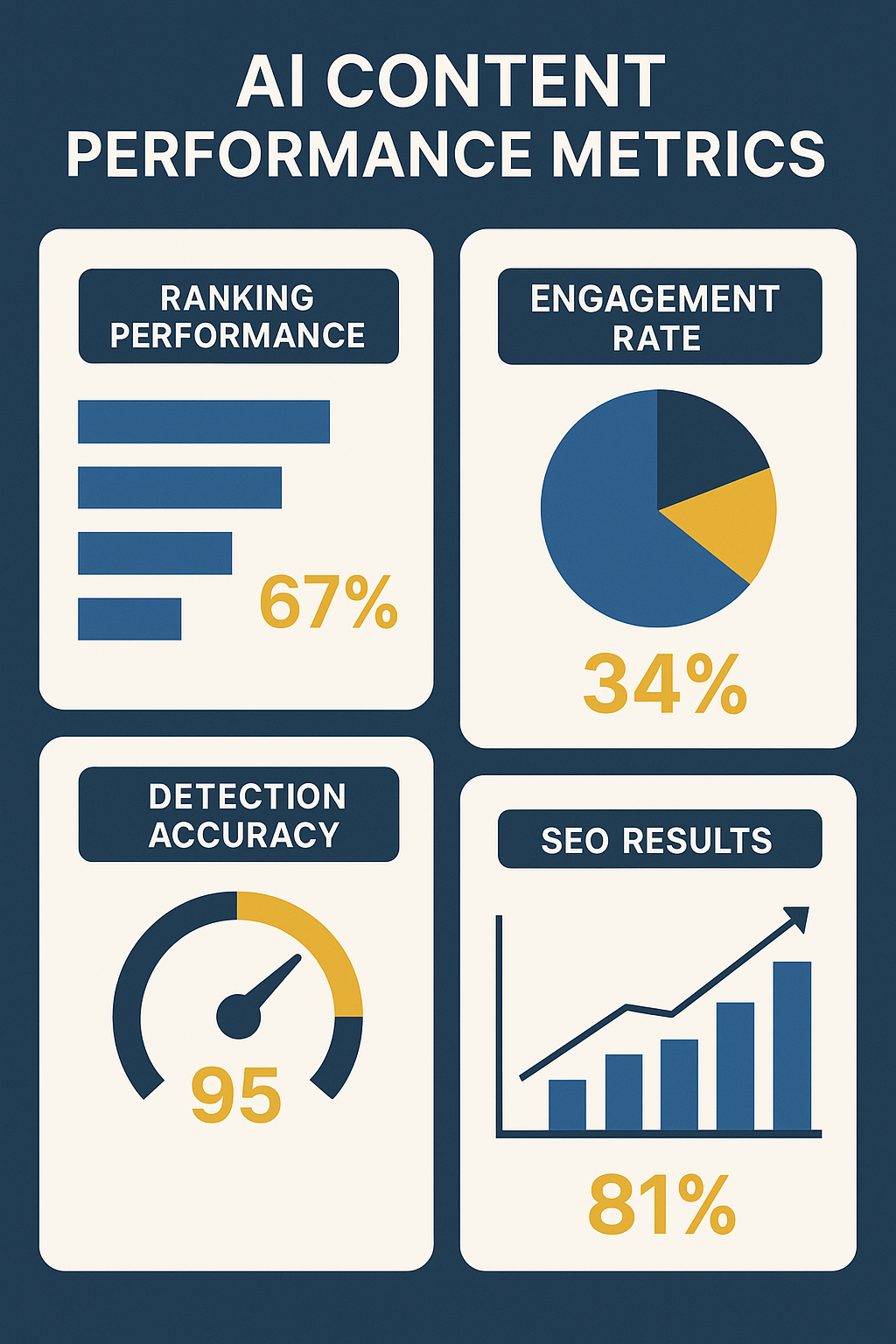
Developing a systematic approach to editing AI-generated content is essential for creating consistently high-quality results. This process should focus on both improving the content and making it more distinctly human.
Start with a content audit that examines the overall structure, flow, and value proposition of the piece. Ask yourself whether the content genuinely helps your target audience and whether it provides insights they can't find elsewhere. This big-picture review often reveals areas where significant human input is needed.
Fact-checking is absolutely critical when working with AI-generated content. AI models can confidently present incorrect information, and it's your responsibility as the human editor to verify claims, update statistics, and ensure accuracy throughout the piece.
Voice and tone consistency is another crucial element of the editing process. AI often struggles to maintain a consistent brand voice throughout longer pieces. Read through your content specifically looking for sections where the tone shifts unexpectedly or doesn't match your brand personality.
The final polish involves reading the content from the perspective of your target audience. Does it answer their questions? Does it feel like it was written by someone who understands their challenges? This user-focused editing approach naturally creates more human-feeling content.
Advanced Humanization Techniques
Beyond basic editing, there are several advanced techniques that can make AI-generated content feel more authentically human and provide genuine value to readers.
Personal experience integration is one of the most powerful humanization techniques. Even if the AI provided the basic framework, adding your own experiences, case studies, and real-world examples transforms generic content into something uniquely valuable.
Industry-specific insights and current events are areas where human expertise really shines. AI models are trained on historical data, so they miss recent developments and emerging trends. Adding current industry insights and recent examples immediately makes your content more valuable and more human.
Contrarian viewpoints and nuanced opinions are distinctly human traits that AI often avoids. Don't be afraid to present balanced perspectives, acknowledge complexity, or even disagree with commonly held beliefs when you have good reasons to do so.
Emotional intelligence and empathy are perhaps the most human elements you can add to your content. Understanding and addressing the emotional aspects of your readers' challenges creates connections that AI simply cannot replicate.
Measuring Success and Performance
Tracking the performance of your humanized AI content requires looking at metrics beyond just detection tool results. The real measure of success is how well your content performs in search engines and how much value it provides to your audience.
Search engine rankings are obviously important, but pay attention to other engagement metrics as well. Time on page, bounce rate, and social sharing can all indicate whether your content is resonating with real human readers.
User feedback and comments provide valuable insights into how human your content feels to actual readers. If people are engaging with your content and finding it helpful, you're on the right track regardless of what detection tools might say.
Conversion metrics are perhaps the most important measure of content success. If your content is driving the business results you want, then you've successfully created valuable content regardless of how it was initially generated.
Long-term performance tracking helps you understand which humanization techniques work best for your audience and your industry. This data can inform your content creation process and help you become more efficient at creating high-quality, human-feeling content.
Common Mistakes to Avoid
One of the biggest mistakes content creators make is focusing too much on fooling detection tools rather than creating genuinely valuable content. This approach often leads to content that might pass detection tests but fails to engage real human readers.
Over-editing can actually make your content worse rather than better. Some creators get so focused on making content "undetectable" that they edit out all the useful information and clear structure that made the AI-generated version valuable in the first place.
Ignoring your brand voice in favor of generic "human-sounding" content is another common pitfall. Your content should sound like your brand, not like a generic human writer. Consistency with your established voice and tone is more important than achieving perfect detection scores.
Neglecting SEO fundamentals while focusing on detection avoidance can hurt your content's performance in search engines. Remember that your primary goal is creating content that ranks well and serves your audience, not just content that passes AI detection tests.
Future Trends and Predictions
The relationship between AI content creation and detection is evolving rapidly, and understanding these trends can help you prepare for what's coming next in the content landscape.
Detection technology will continue to improve, but so will AI writing capabilities. This ongoing arms race means that the focus will likely shift from detection avoidance to content quality and value creation. The tools that survive will be those that help create genuinely better content, not just undetectable content.
Search engines are likely to become more sophisticated in evaluating content quality regardless of creation method. This means that focusing on user value and search intent will become even more important than the specific techniques used to create content.
The integration of AI tools into standard writing workflows will probably make the distinction between "AI content" and "human content" less meaningful over time. Most content will likely involve some level of AI assistance, making detection less relevant than quality assessment.
Regulatory and industry standards around AI content disclosure may emerge, potentially changing how we think about transparency in content creation. Being prepared for these potential changes means focusing on ethical content creation practices now.
Conclusion
Creating undetectable AI content that ranks well isn't really about tricking anyone or hiding the use of AI tools. It's about using AI as a powerful assistant while maintaining the human insight, creativity, and expertise that makes content truly valuable to readers.
The most successful approach combines the efficiency and research capabilities of AI with the strategic thinking, personal experience, and emotional intelligence that only humans can provide. This collaboration creates content that's not just undetectable, but genuinely better than what either humans or AI could create alone.
As the technology continues to evolve, the creators who succeed will be those who focus on value creation rather than detection avoidance. By understanding your audience, maintaining your authentic voice, and using AI as a tool to enhance rather than replace human creativity, you can create content that performs well in search engines and provides real value to your readers.
The future of content creation isn't about humans versus AI or about hiding AI involvement. It's about humans and AI working together to create better, more helpful, and more engaging content than either could produce independently. That's a future worth working toward.

